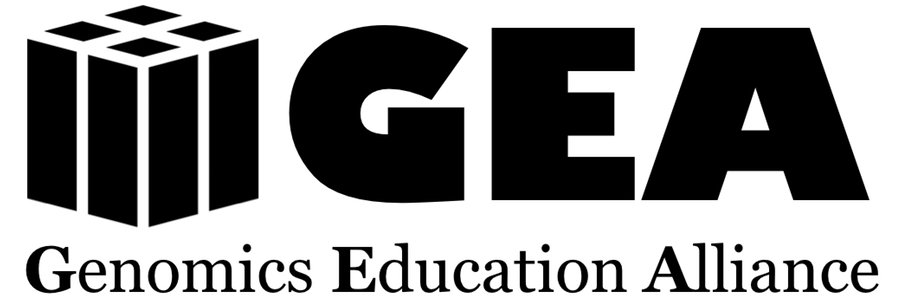Publications by GEA Members
The Assessment Evaluation Rubric: Promoting learning and learner-centered teaching in higher education
Tractenberg RE.
SocArXiv. 2020 April 21. doi: 10.31235/osf.io/bvwhn.
Abstract
It is common to create courses for the higher education context that accomplishes content-driven teaching goals, and then develop assessments (quizzes, exams) based on the target content. However, content-driven assessment can tend to support teaching- or teacher- centered instruction. Adult learning and educational psychology theories suggest that instead, assessment should be aligned with learning, not teaching, objectives. To support the alignment of assessments with instruction in higher education, the Assessment Evaluation Rubric (AER) was developed. The AER can be utilized to guide the development and evaluation/revision of assessments that are already used. The AER evaluates four features of an assessment: its general alignment with learning goal(s); whether the assessment is intended to/effective as formative or summative; whether some systematic approach to cognitive complexity is reflected; and whether the assessment (instructions as well as results) itself is clearly interpretable. Each dimension (alignment; utility; complexity; clarity) has four questions that can be rated as present/absent (or yes/no), or, using a three-level ordinal scale describing "present-useable", "possibly present - needs clarification", and "absent". Other rating methods can also be conceptualized for the answers to the AER’s 16 questions, depending on the user’s intent. Any instructor can use the AER to evaluate their own assessments and ensure that they - or new assessments in development - will promote learning and learner centered teaching.
G-OnRamp: Generating genome browsers to facilitate undergraduate-driven collaborative genome annotation
Sargent L, Liu Y, Leung W, Mortimer NT, Lopatto D, Goecks J, Elgin SCR.
PLoS Comput Biol. 2020;16(6):e1007863. doi: 10.1371/journal.pcbi.1007863.
Abstract
Scientists are sequencing new genomes at an increasing rate with the goal of associating genome contents with phenotypic traits. After a new genome is sequenced and assembled, structural gene annotation is often the first step in analysis. Despite advances in computational gene prediction algorithms, most eukaryotic genomes still benefit from manual gene annotation. This requires access to good genome browsers to enable annotators to visualize and evaluate multiple lines of evidence (e.g., sequence similarity, RNA sequencing [RNA-Seq] results, gene predictions, repeats) and necessitates many volunteers to participate in the work. To address the technical barriers to creating genome browsers, the Genomics Education Partnership (GEP; https://gep.wustl.edu/) has partnered with the Galaxy Project (https://galaxyproject.org) to develop G-OnRamp (http://g-onramp.org), a web-based platform for creating UCSC Genome Browser Assembly Hubs and JBrowse genome browsers. G-OnRamp also converts a JBrowse instance into an Apollo instance for collaborative genome annotations in research and educational settings. The genome browsers produced can be transferred to the CyVerse Data Store for long-term access. G-OnRamp enables researchers to easily visualize their experimental results, educators to create Course-based Undergraduate Research Experiences (CUREs) centered on genome annotation, and students to participate in genomics research. In the process, students learn about genes/genomes and about how to utilize large datasets. Development of G-OnRamp was guided by extensive user feedback. Sixty-five researchers/educators from >40 institutions participated through in-person workshops, which produced >20 genome browsers now available for research and education. Genome browsers generated for four parasitoid wasp species have been used in a CURE engaging students at 15 colleges and universities. Our assessment results in the classroom demonstrate that the genome browsers produced by G-OnRamp are effective tools for engaging undergraduates in research and in enabling their contributions to the scientific literature in genomics. Expansion of such genomics research/education partnerships will be beneficial to researchers, faculty, and students alike.
G-OnRamp: A Galaxy-based platform for collaborative annotation of eukaryotic genomes
Liu Y, Sargent L, Leung W, Elgin SCR, Goecks J.
Bioinformatics. 2019 May 9. pii: btz309. doi: 10.1093/bioinformatics/btz309.
Abstract
Summary: G-OnRamp provides a user-friendly, web-based platform for collaborative, end-to-end annotation of eukaryotic genomes using UCSC Assembly Hubs and JBrowse/Apollo genome browsers with evidence tracks derived from sequence alignments, ab initio gene predictors, RNA-Seq data, and repeat finders. G-OnRamp can be used to visualize large genomics datasets and to perform collaborative genome annotation projects in both research and educational settings.
Availability and Implementation: The virtual machine images and tutorials are available on the G-OnRamp web site (http://g-onramp.org/deployments). The source code is available under an Academic Free License version 3.0 through the goeckslab GitHub repository (https://github.com/goeckslab).
